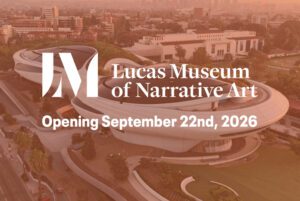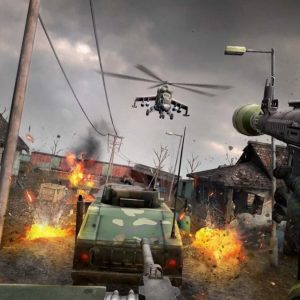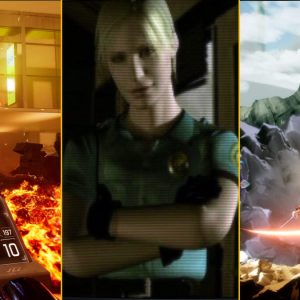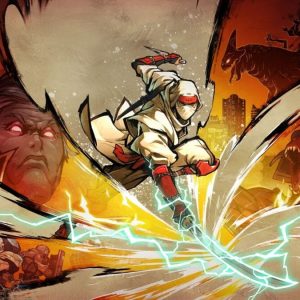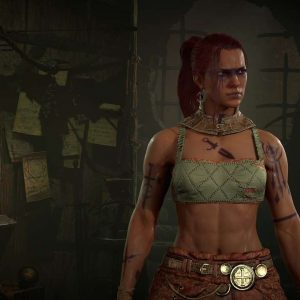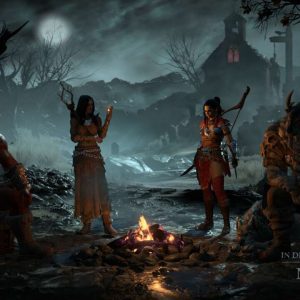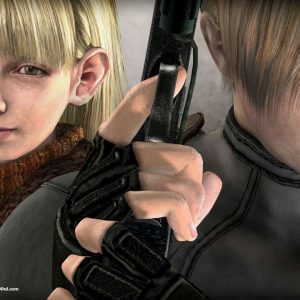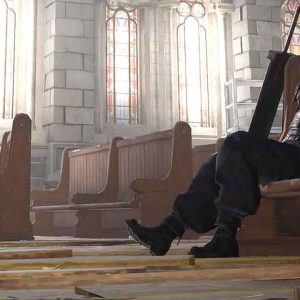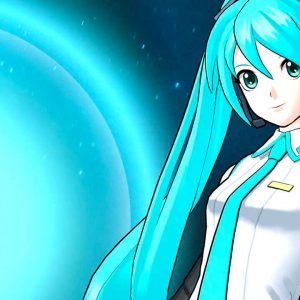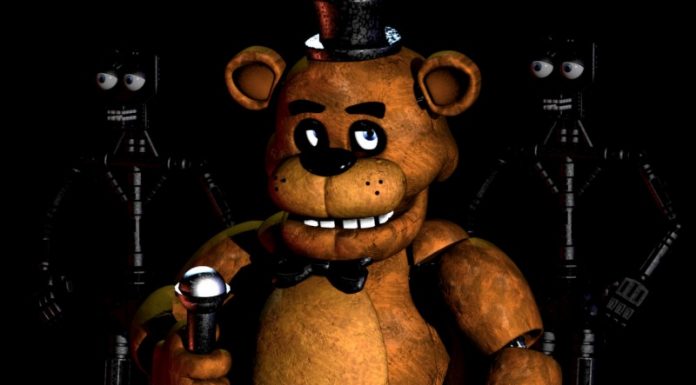
Attendees at Star Wars Celebration Japan will be able to hear a unique panel discussion among veteran Japanese anime professionals including Mitsuyasu Sakai, Taiki Sakurai and Shuzo Shiota on opening day, April 18th, at 2:30pm on the Twin Sun Stage.
“Telling Stories Across Culture: Star Wars and Japan” explores how the storytelling, history, art, and popular culture of Japan have influenced Star Wars for nearly 50 years, and how Star Wars has made its own mark in Japanese storytelling.
Starting at 2:30 PM on the Twin Suns Stage, the panel will be hosted by Roland Kelts, a Japanese-American writer and author of the acclaimed book, Japanamerica: How Japanese Pop Culture Has Invaded the U.S. “All three of our Japanese panelists are veteran anime professionals with intimate recollections of the impact Star Wars has had and continues to have in Japan,” Kelts tells Lucasfilm.com. “They also happen to be brilliant, articulate, wise and very entertaining artists and producers, not to mention good friends of mine!”
Meet the Panelists
Mitsuyasu Sakai is the Emmy-nominated writer of “The Duel” from Star Wars: Visions Volume 1. With decades of experience writing for anime series, his credits include Yakitori: Soldiers of Misfortune and Metallic Rouge, as well as the video game Neon Genesis Evangelion: Ayanami Raising Project.
Taiki Sakurai is the former chief anime producer at Netflix and founder and president of Salamander Pictures. He’s written for acclaimed anime productions including Ghost in the Shell: Stand Alone Complex and Moribito: Guardian of the Spirit, and produced a number of series including Pokémon Concierge and Gundam: Requiem for Vengeance.
Shuzo Shiota is the president and CEO of Polygon Pictures, a Japanese CG animation studio that partnered with Lucasfilm Animation on Star Wars: The Clone Wars and Star Wars Resistance. His other producing credits include Transformers Prime, Lost in Oz, and Pacific Rim: The Black.
A Rich Legacy of Mutual Influences
“The cross-pollination between Japanese and American cinema dates back decades,” Kelts notes. In his original creation of Star Wars in the 1970s, George Lucas was famously inspired by director Akira Kurosawa’s 1950s classics like The Hidden Fortress and Seven Samurai. “Today, American directors Quentin Tarantino, the Wachowskis, Christopher Nolan, Daron Aronofsky, The Daniels and others either openly cite anime sources like Satoshi Kon—or quietly lift scenes from them. The cross-pollination has become so dizzying and thrilling I can barely keep up with it.”
As Kelts’ own research has helped reveal, the release of Star Wars: A New Hope in 1977 launched a pop culture phenomenon that sparked inspiration on both sides of the Pacific Ocean. “In the 1970s, Japan was an economic juggernaut hurtling through space to escape the traumatic memories of World War II on the home front,” Kelts explains. “Many were looking outward—overseas and to outer space—for inspiration and entertainment. The arrival of Star Wars was perfectly timed for the growing obsession with Western sci-fi films and conventions, and its collective group of oddball heroes (Luke, Han, Leia, Chewbacca, C-3PO, and R2-D2) dovetailed perfectly with the Japanese cultural emphasis on group cohesion and achievement vs. individualism.”
The popularity of Star Wars also helped to introduce anime to American television audiences. As Kelts writes in Japanamerica, the 1972 Japanese series Science Ninja Team Gatchaman was adapted for the American market by Sandy Frank Entertainment in 1978 to become Battle of the Planets.
“After Gatchaman aired in the U.S., retitled Battle of the Planets (Battle/Planets equals Star Wars, get it?), Japanese anime series like Space Battleship Yamato, Star Blazers, and epics like Gundam, Akira, and Ghost in the Shell would explode on US TV and in cinemas. Though he tried, veteran American TV producer Sandy Frank couldn’t buy the rights to Gatchaman until Star Wars broke box office records. The rest of the Star Wars/Gatchaman/anime story is as hilarious as it is profound: none of the US producers understood the Japanese dialogue, elements of sex and violence were whitewashed or eliminated, and they even added an R2-D2 clone called 7-Zark-7 to make the show more kid-friendly. There’s plenty more to tell.”
“Telling Stories Across Cultures: Star Wars and Japan” promises to be a rich and fascinating discussion at the heart of this year’s Star Wars Celebration, itself centered in the heart of Japan.
“It has always been my belief that a culture’s stories reveal far more about its essential identity and DNA than textbooks or guided tours,” Kelts adds. “I have nothing against tourism, of course, but a visit to a theme park or a temple will only give you a glimpse into the native identity. Star WarsCelebration provides a unique opportunity for Japanese and global audiences and artists to unite through the most magical of human creations: Art and Entertainment.”
Star Wars Celebration Japan 2025 takes place between April 18th – 20th, 2025, at the Makuhari Messe in Tokyo, Japan.
The post Star Wars Celebration Japan 2025: Local Experts Will Discuss Star Wars & Japan appeared first on Jedi News.



